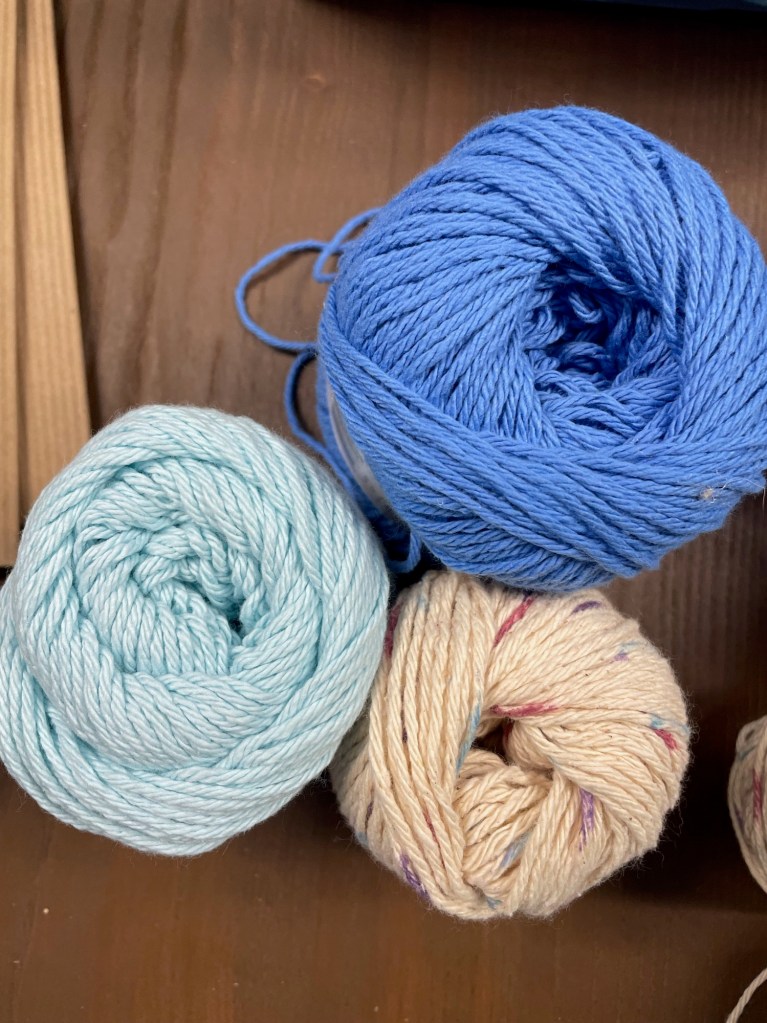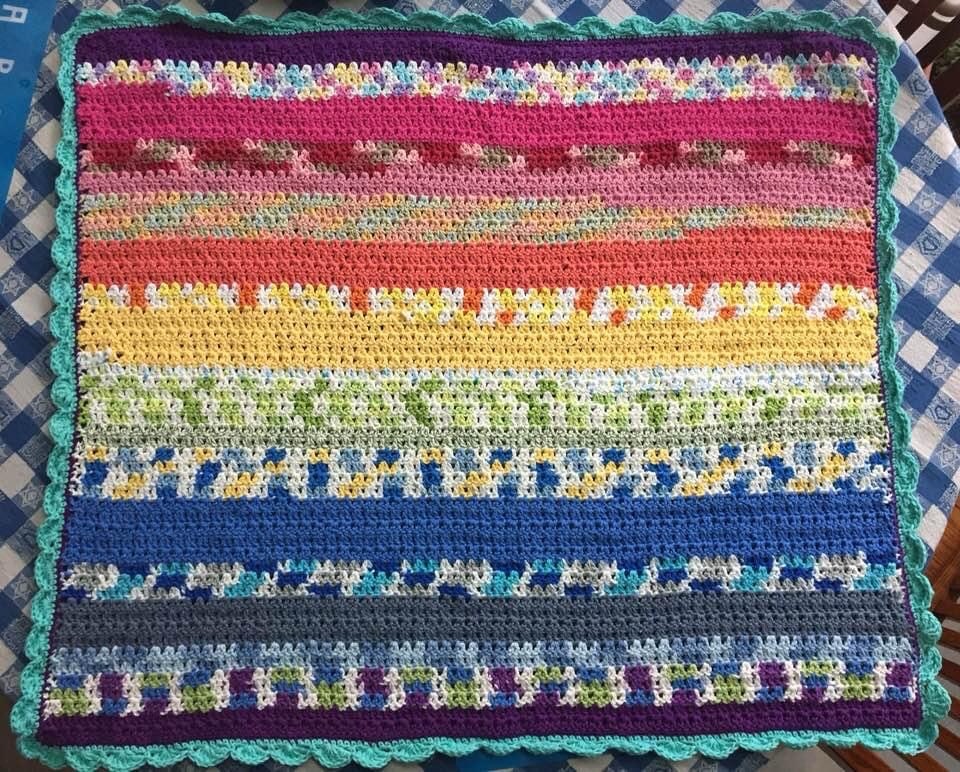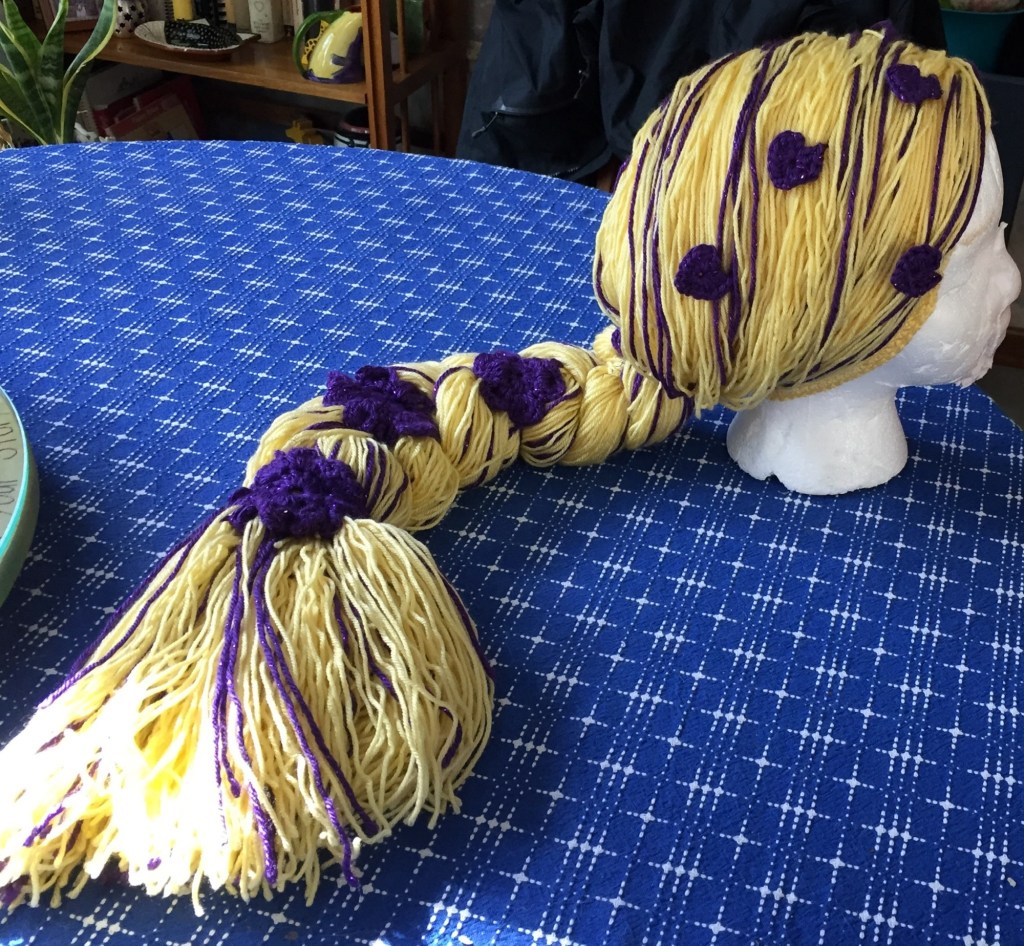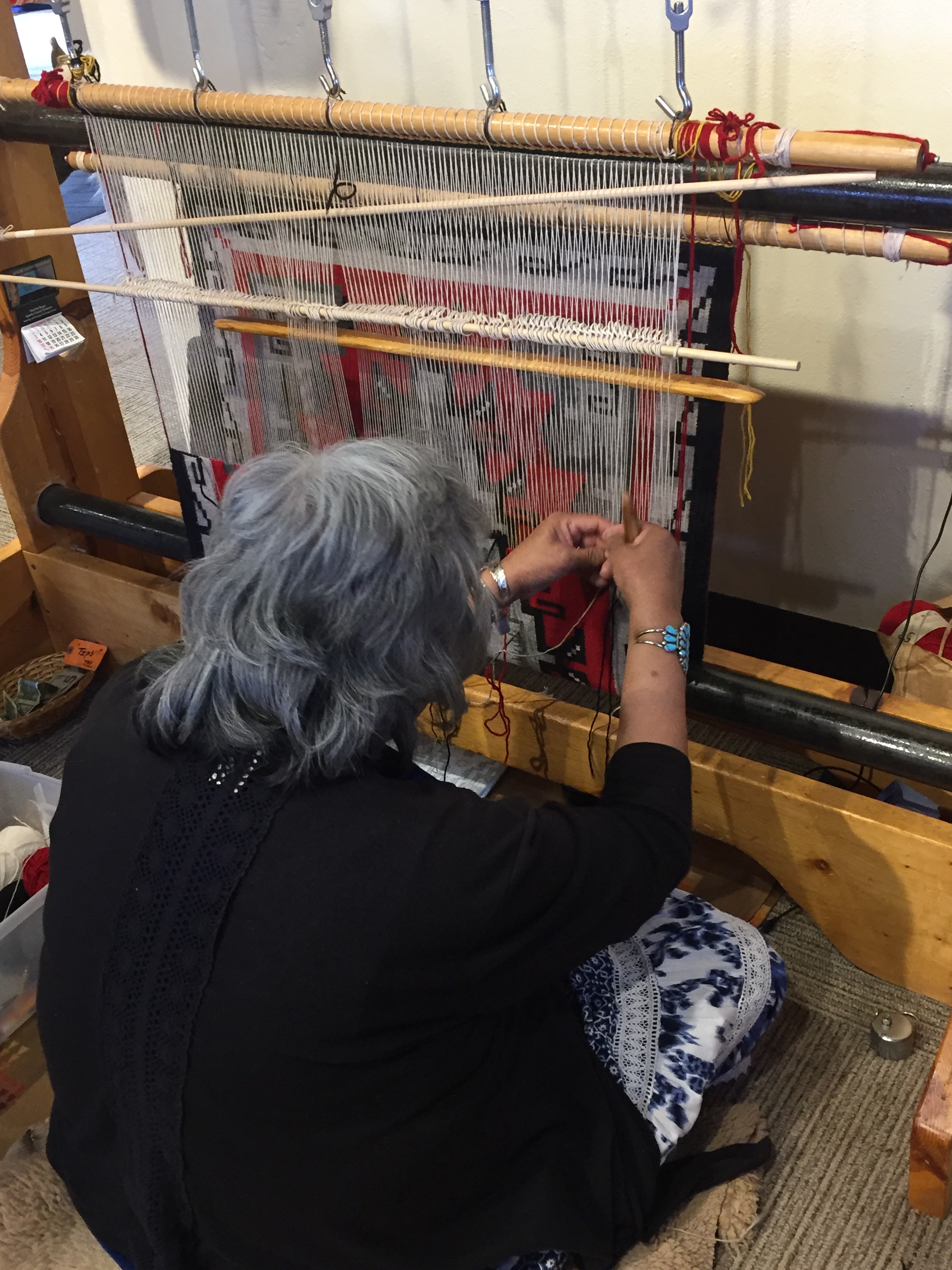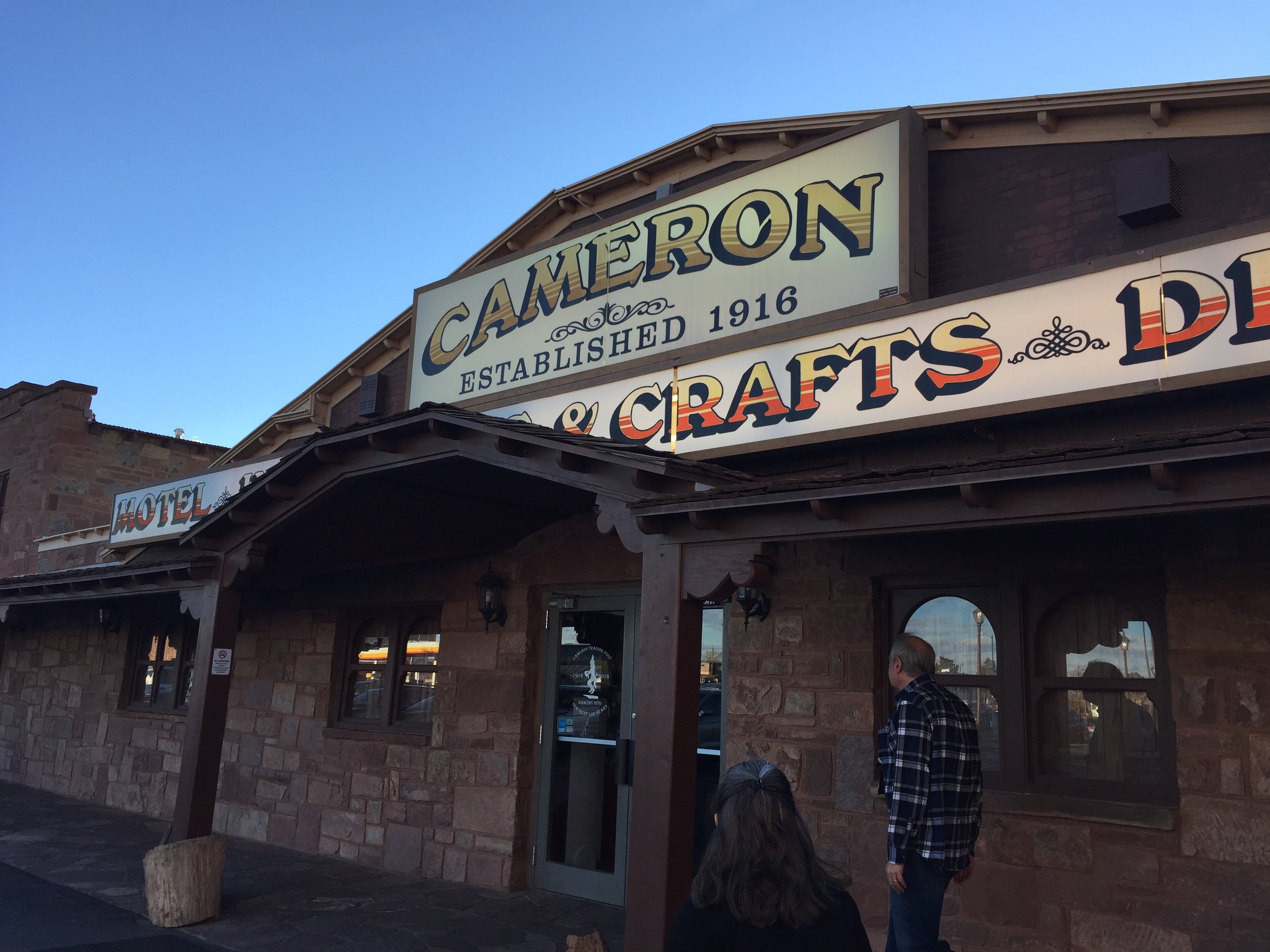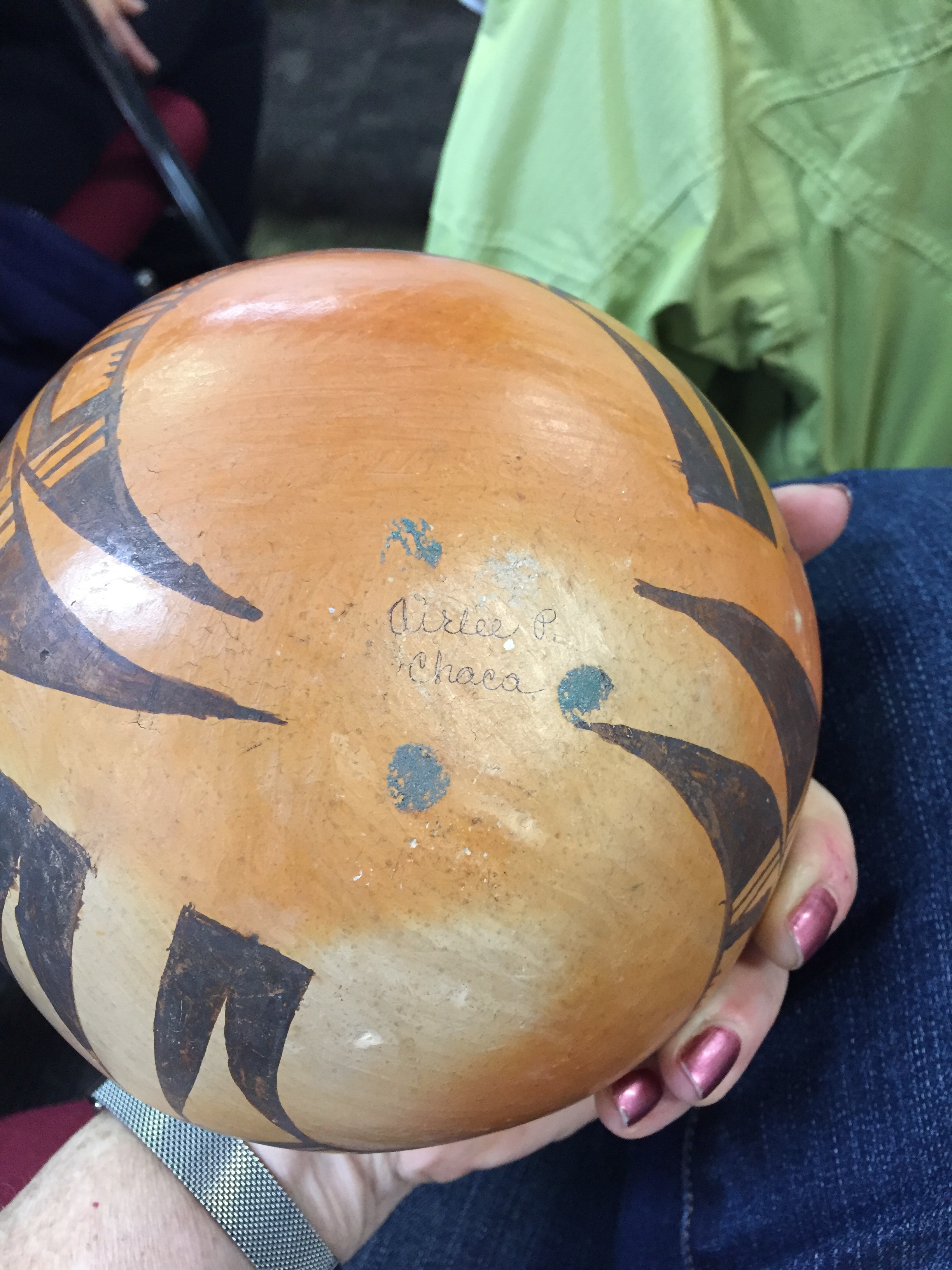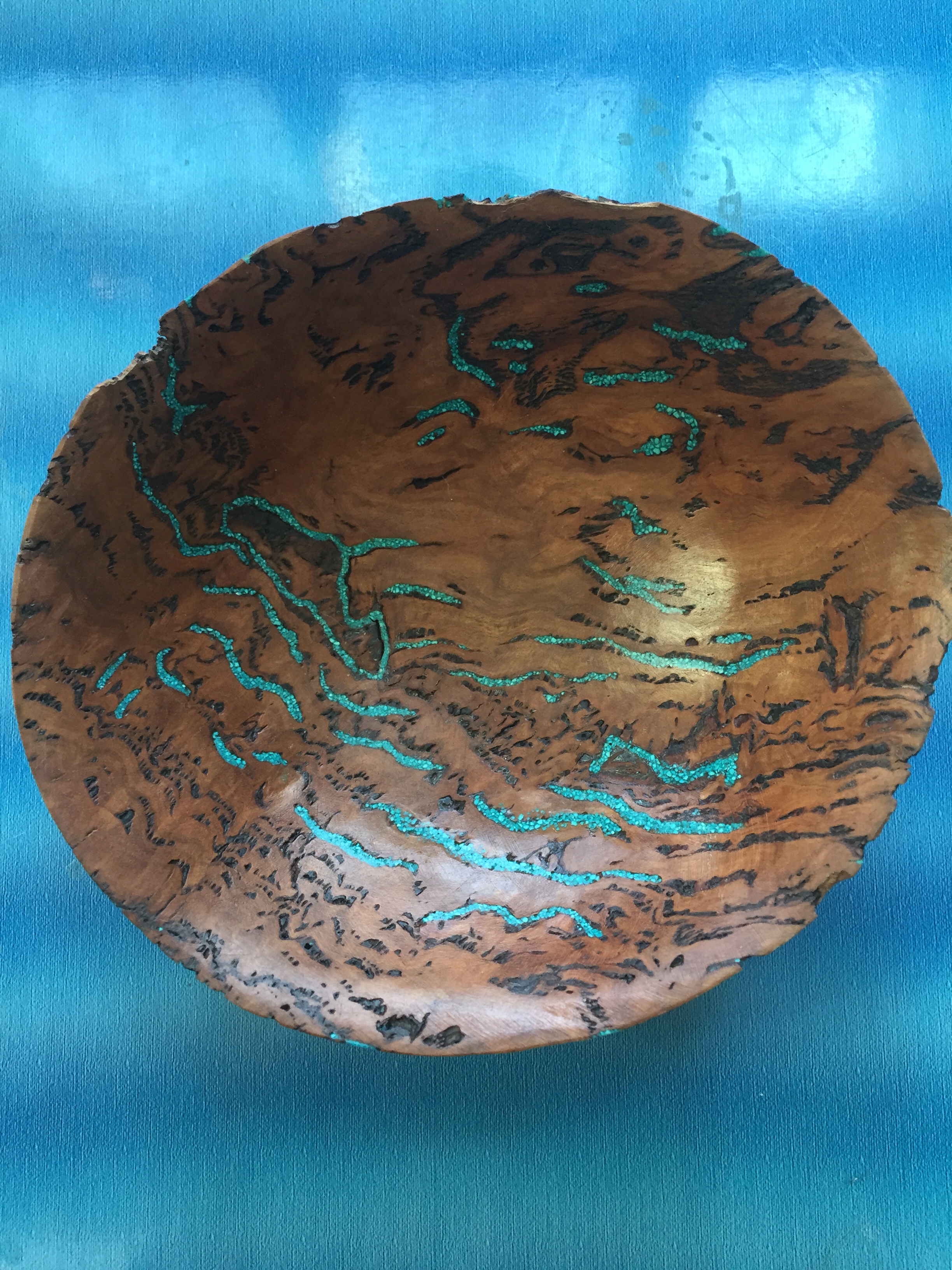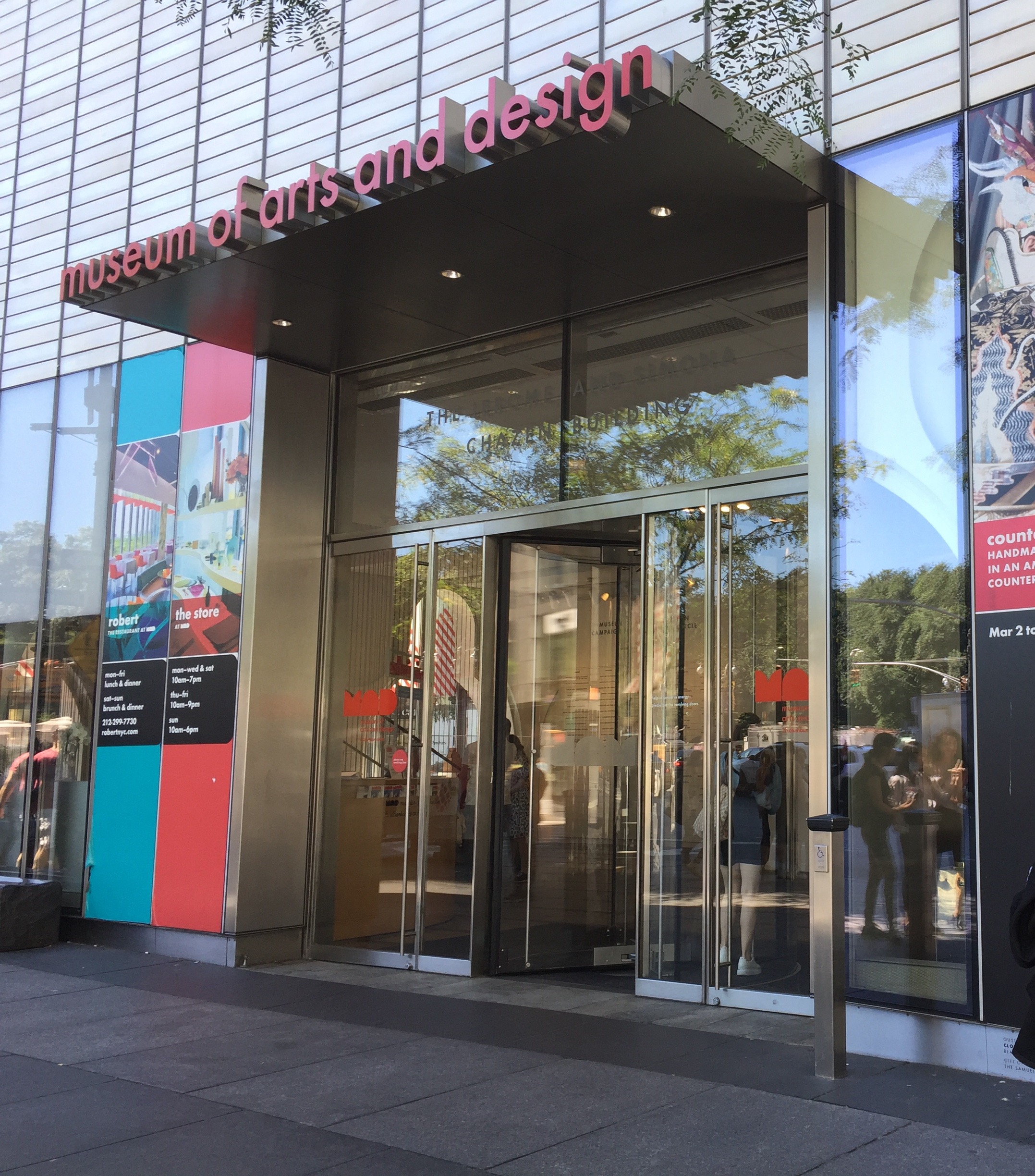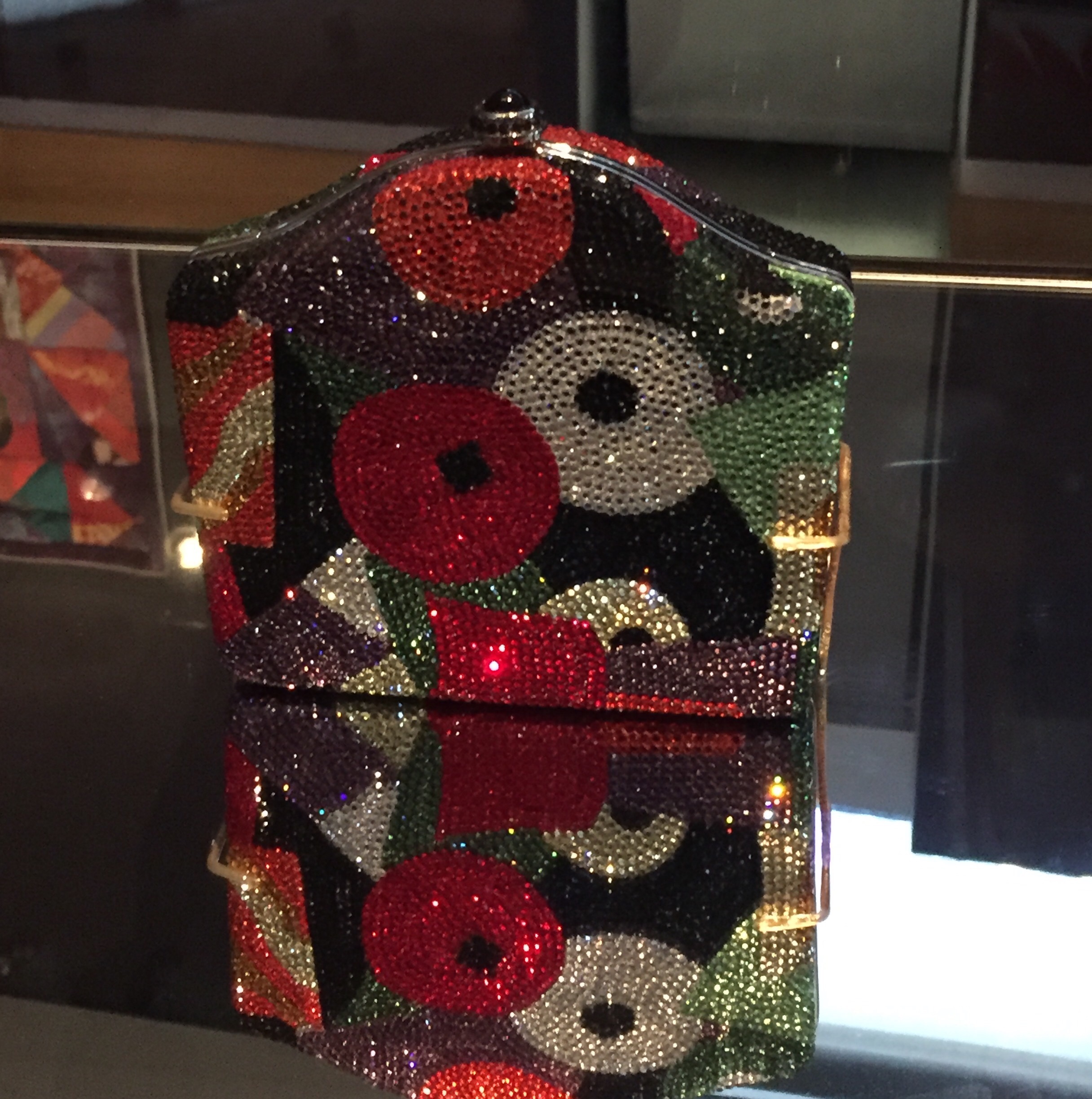For 14 days in April we cruised down the coast of Mexico and into the Sea of Cortez on the Holland America Zaandam. We had a fantastic time. Here are five of my six favorite places that we visited. One place needs its own special blog.
Orchidarium in Manzanillo, Colima.
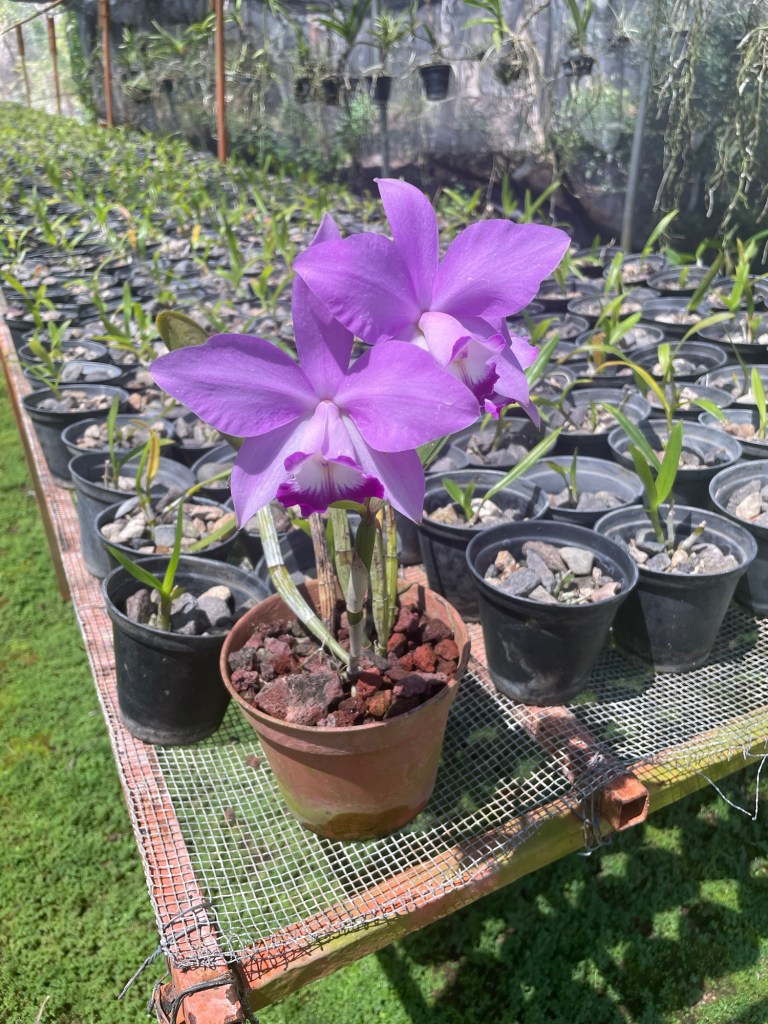
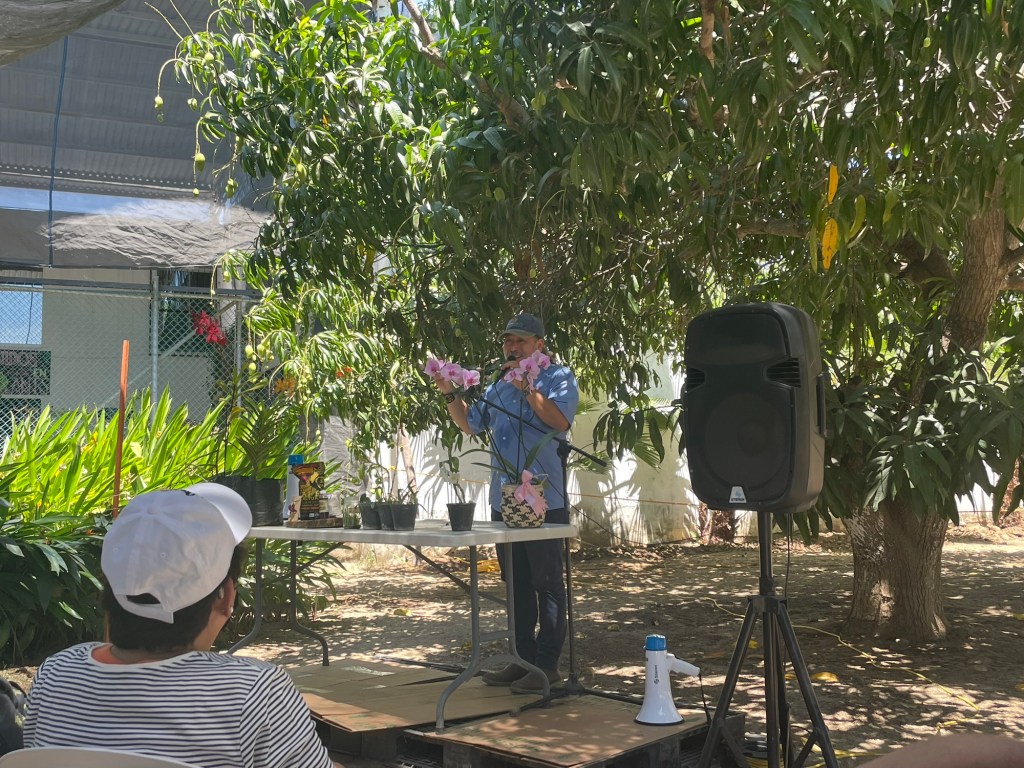
Our visit to the Orchidarium was great. We got to see orchids in many different stages of growth, but most important, the owner gave us a great deal of information about growing orchids. For years I have been trying to grow Orchids. I have failed every time. The longest I have kept my orchids alive is two years. Now I know why.
First: Orchids like fresh air and shade. I had my orchids near a closed window on the south side of my house. The sun was too harsh on the leaves. Not having an open window made it sad. Orchids live on air. My next orchids will live in an area that only has morning sun and is near a window that opens.
Second: Orchids do not like a lot of water! You do not need to water them every week. You only water them when the roots are bone dry. Also they must be in a pot with many holes so that the water drains out.
Finally repotting an orchid puts it into decline. Only repot an orchid after the flowers fall off. Then do not be surprised if it doesn’t grow for a year. I did wait to repot mine after the flowers fell. But I thought it had died too soon.
Zihuatanejo/Guerrero:




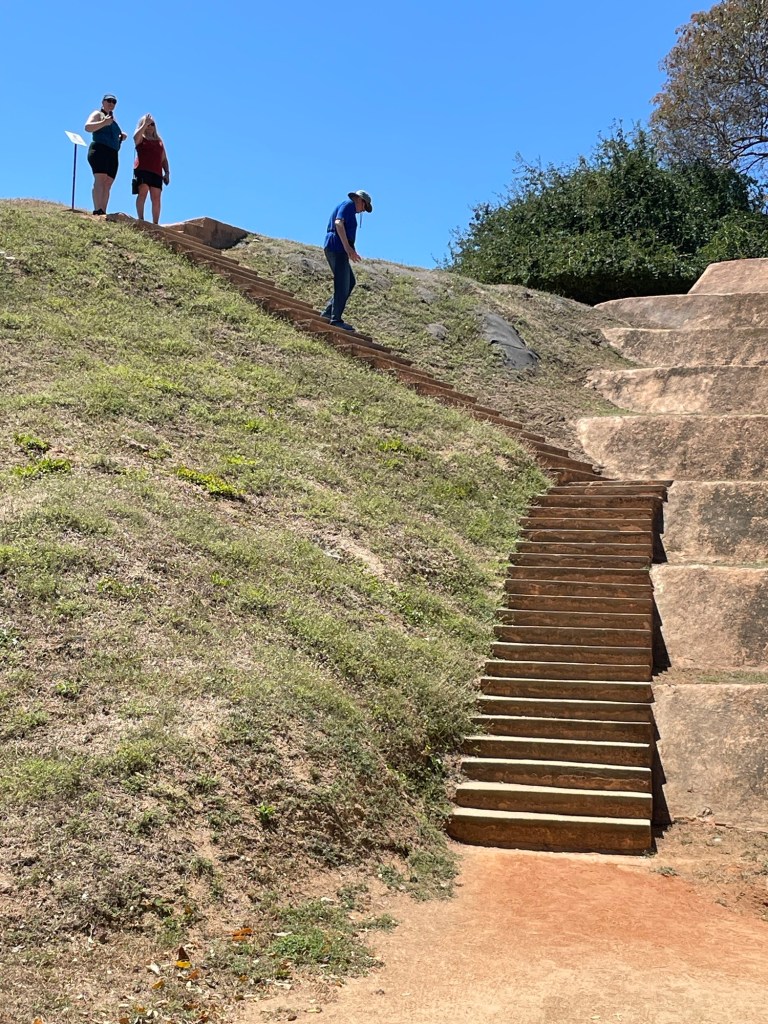
We went to the Xihuacan archelogical site in Gerrero near Zihuatanejo. I will say that our tour guide for this trip was very proud and inspired to tell us all about the museum and the two area we were able to see, including the very large Mesoamerican ball court. In the museum was the sacrifice circular stone that represents the goddess of the earth. I did not climb up the steps of this pyramid because on our last trip, I fell a bit coming down. I vowed not to climb any steps without handrails again. I just watched my husband climb up and enjoyed seeing his photos.
I love learning about the early civilizations, and I have written about our visits to other Mayan, Aztec and Mesoamerican sites in other blogs. The amazing aspect about this site is that most of it is still buried under vegetation. Just a small area has been reclaimed. But I found out from our tour guide that there are so many of these sites, they just cannot afford to uncover all of them! (See blog below.)
Oaxaca and Zapotec Textiles
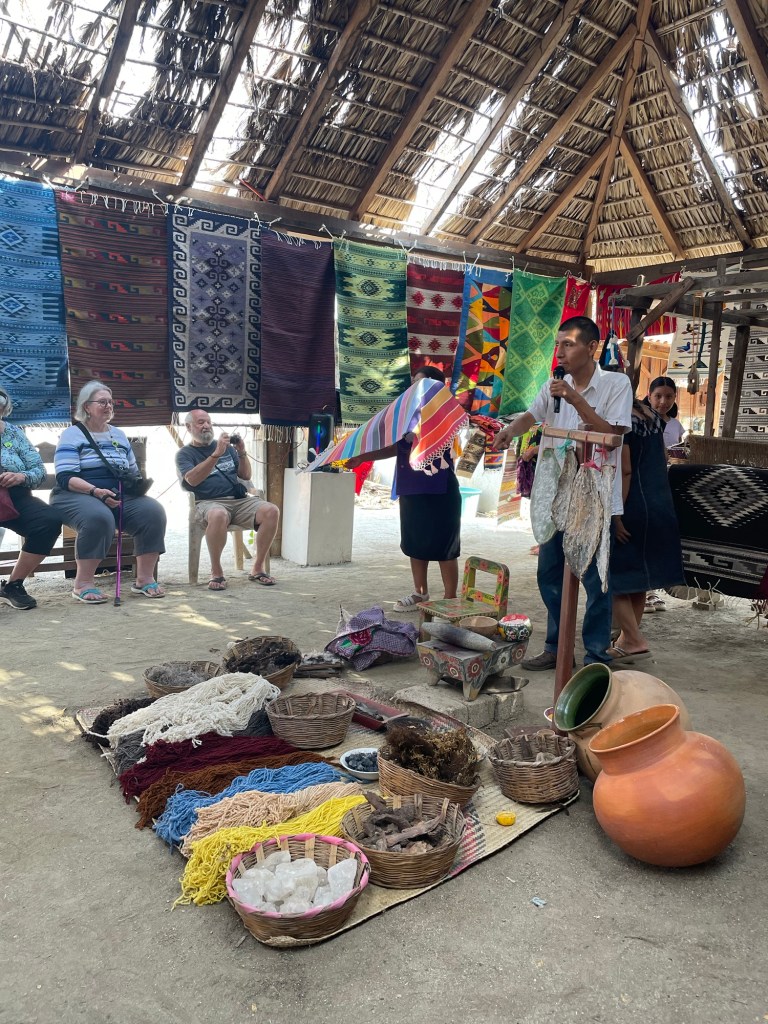




Oaxaca is known for its wonderful textiles and embroidery. This is the stop I was waiting for because I love textiles. My Dad owned an embroidery shop when I was little and worked in the textile industry for years. I am a crafter who focuses crochet now, but I did embroidery, crewel and sewing for many years.
We had a wonderful time visiting with a family from the Zapotec tribe that weaves using wool and cotton that they produce, using dyes that they make from the cochineal bugs. We saw these bugs on the leaves of the cactus. We saw how the colors change by adding natural substances like lemon juice or baking soda. We watched the weaving and we saw the undyed and dyed yarns. The weavings were stunning, and I had to get myself one of the woven cotton shawls.
La Paz
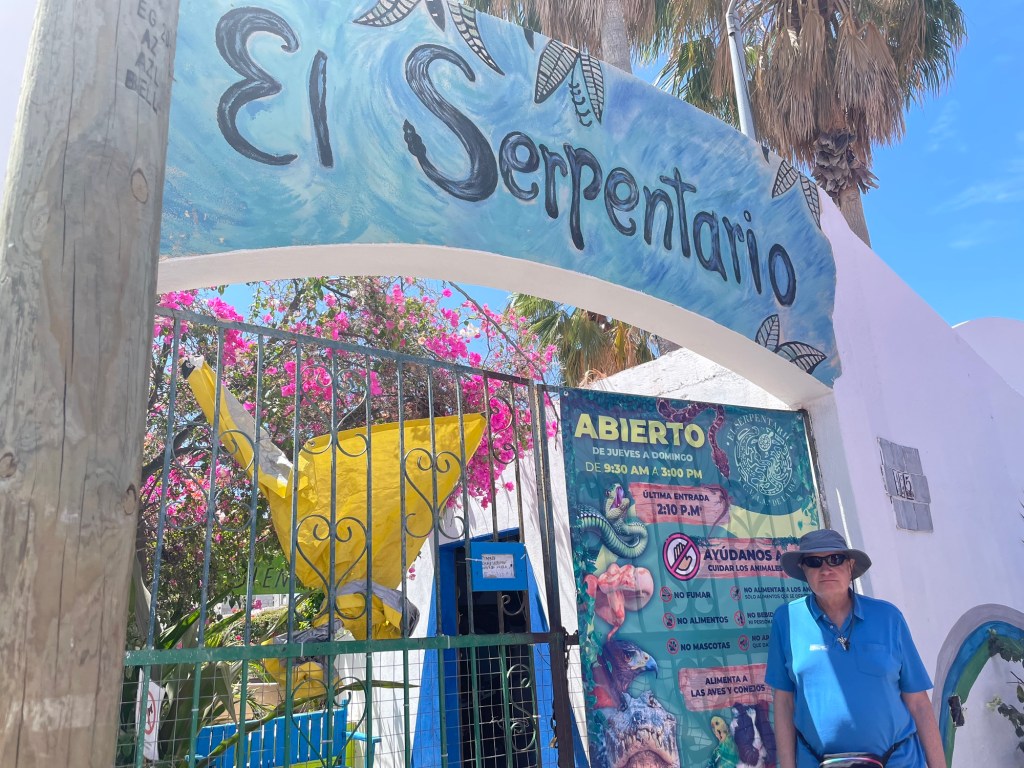
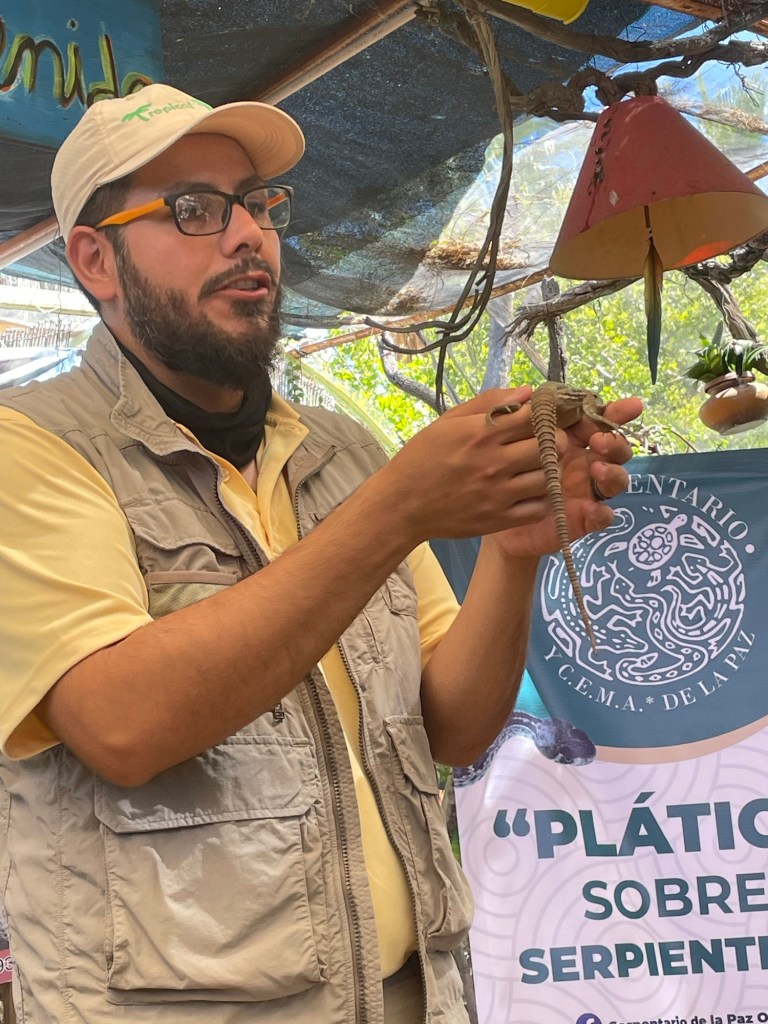
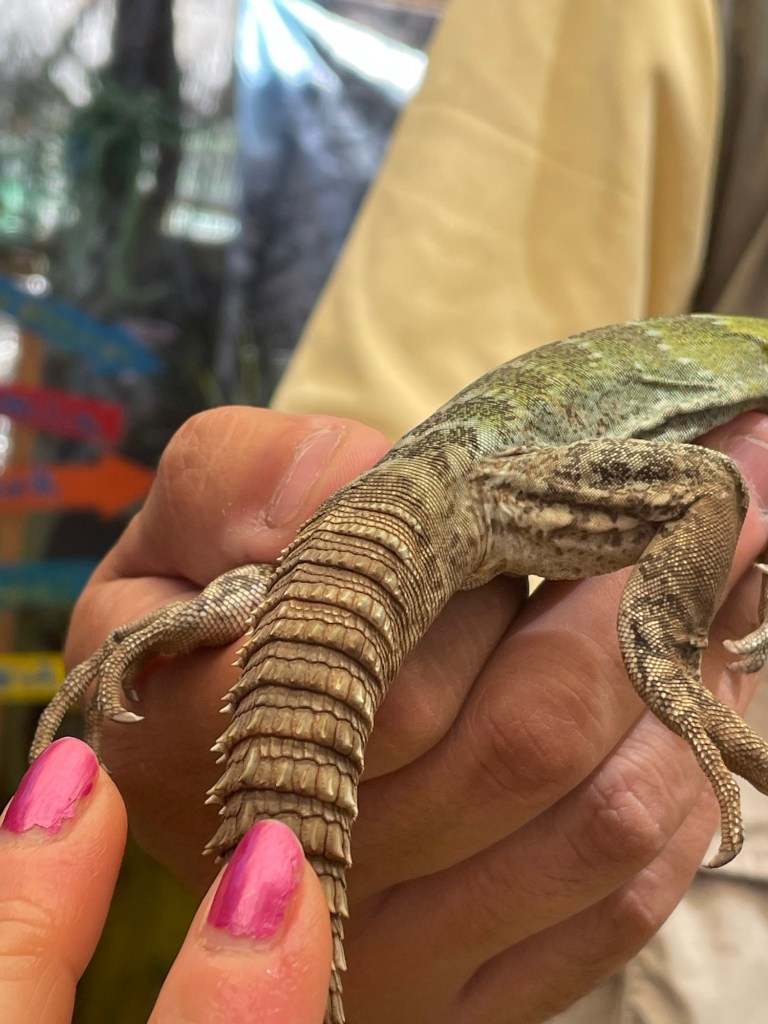

El Serperntario Reptile and Wildlife Rehabilitation Center. Marcos, our guide was fantastic for many reasons, but the most important is that he loves the Serpentario. He is a volunteer there besides being a tour guide. His love showed throughout our private presentation. The Serperntario was founded to rescue and rehab reptiles and snakes and to take those reptiles and creatures that are not indigenous to the area out of the community so that they do not kill the local species. I got to pet the tail of an spiney tailed iguana!
To be honest we went to see this because when our son was young we house his fire bellied newt, two geckos and a ribbon snake. So as a mom I had experiences with lizards and snakes. Also, as a young girl I loved salamanders! Although I do not especially love reptiles now, I am interested in their survival.
There are giant turtles, snakes of all sizes, multitudes of iguanas and many other unusual creatures living safely behind the walls of the Serpentario. The gift store has some cute items. But I focused on getting a t-shirt for my adult child. It was a necessary purchase! And all proceeds help to fund this not-for-profit center.
Cabo San Luca/Blown Glass Factory:

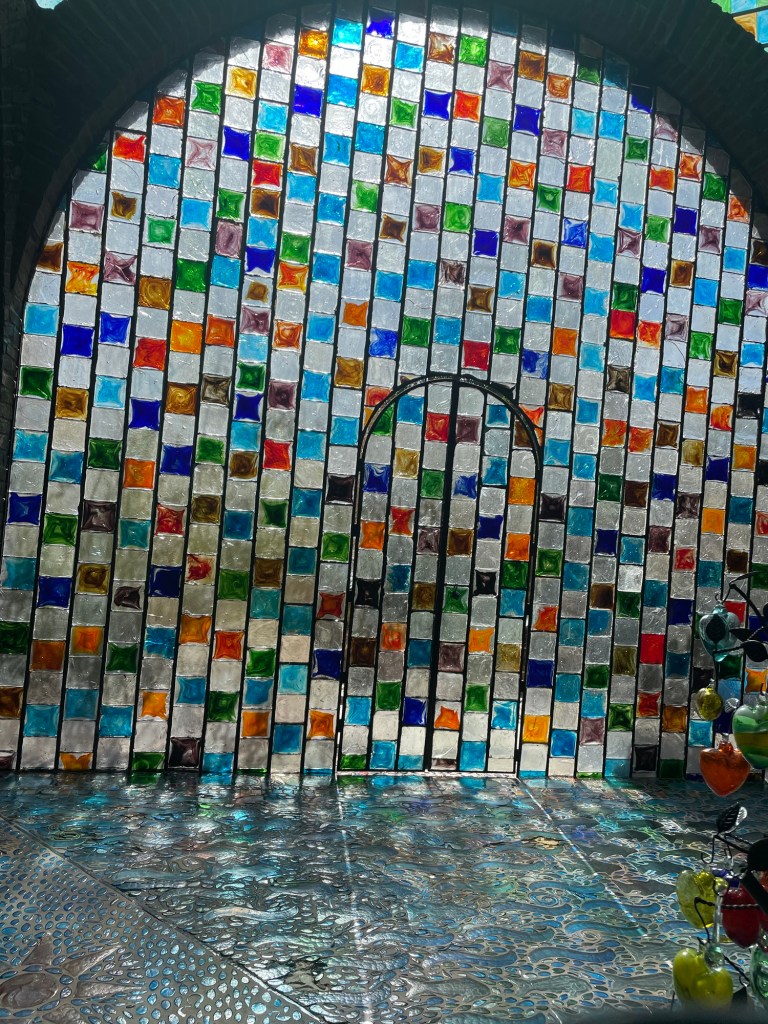
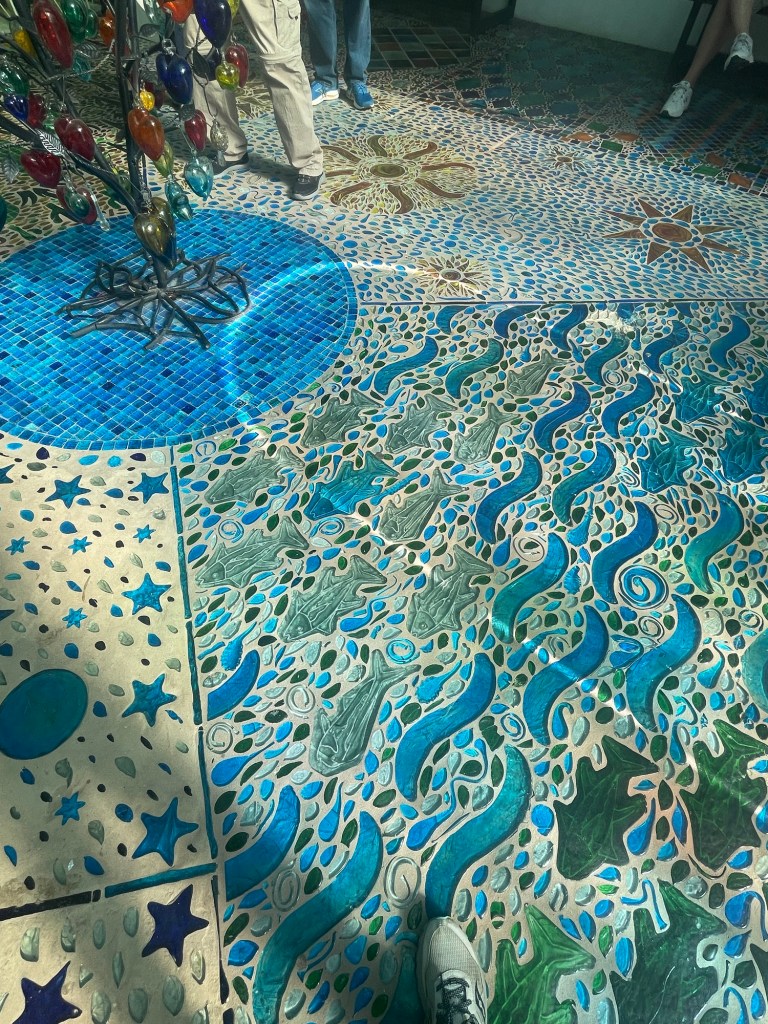

I have spent a week in Cabo San Luca. So when we were there on the cruise I wanted to do some touring. I am so glad we did. We had the chance to visit the Blown Glass Factory. What a delightful and beautiful spot! Besides helping the environment by using recycled glass to make their lovely objects, the building itself is a glass gem! Just walking though and looking at the ceiling, the glass art and the objects for sale is a joy. We got to see two artisans make a whale, and we learned how the glass factory came to be. We are going back to Cabo in January. I plan to visit again and this time buy something to take home!!
https://en.wikipedia.org/wiki/Xihuacan
https://en.wikipedia.org/wiki/Textiles_of_Oaxaca








